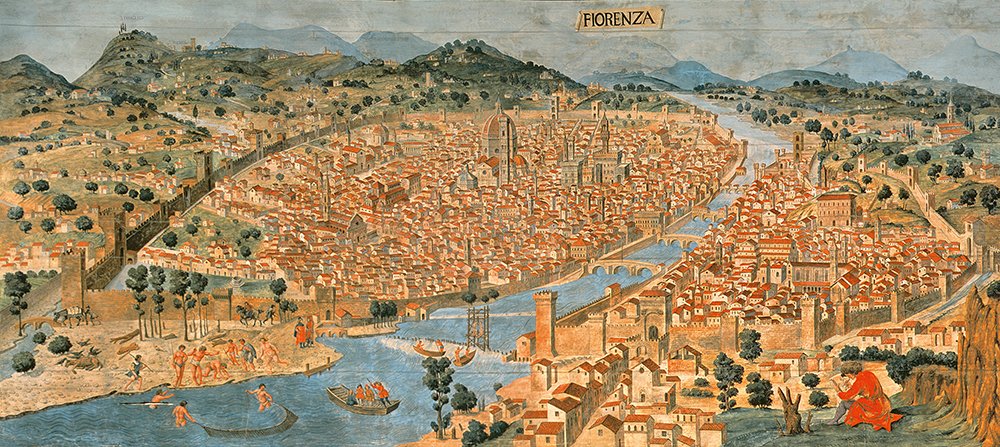The voyages of Sinbad the Sailor unfailingly met with disaster, even if he always managed to return home laden with riches.
What would a voyage look like if he ever managed to complete one? https://t.co/HK7CPQzi1I

What would a voyage look like if he ever managed to complete one? https://t.co/HK7CPQzi1I
https://twitter.com/byzantinemporia/status/1674844909746913312

Trade expeditions usually departed Basra’s port of al-Ubullah in September or October, when the seas were still calm. Sailing down the Shatt al-Arab, they entered the Gulf.
https://t.co/kUh2thwBNq

https://t.co/kUh2thwBNq
https://twitter.com/byzantinemporia/status/1674846203756806171

Larger ships proceeded directly down the coast. But because of difficulties navigating the currents in the Shatt al-Arab, goods were often loaded onto smaller boats for the voyage to Siraf on the desolate Persian coast, where they were transferred to larger ocean-going vessels.




Although the Persian Gulf was calm at this time of year, the sailing could still be hazardous: there were lots of shallows, reefs, and above all pirates. 

Bahrain and Qatar (pictured) were traditional pirate nests, poised to set upon ships that foundered on the sandbars along the Arabian coast. 

Once clear of the Strait of Hormuz, the expedition’s next port of call was Muscat, on the Omani coast. The combination of natural water sources and an ideal natural harbor made this a prosperous little town on an otherwise arid coast.






In the second half of November, they crossed the Arabian Sea to India with the winter monsoon. This is a drier and calmer wind that blows out of the northeast—very different from the wet and stormy summer monsoon that sailors from Egypt took to India. 

Sailing on a broad reach, the winds would take them to the Indian port of Quilon (Kollam) within a month. There they would purchase pepper and spices, as well as teak wood to repair the hulls of their ships.




They might also have stopped at the Laccadives along the way, where abundant palm groves provided material for other repairs. These resemble the many small islands where Sinbad was shipwrecked.




The same weather patterns which make good sailing in the Arabian Sea generated cyclones in the Bay of Bengal, so the crews had to wait at least a couple weeks until the end of December to resume their voyage. 

They might spend that time trading on the Malabar Coast or cross over to Sri Lanka (which they called Serendib) to purchase its famed rubies and sapphires, panned from the floodplains in the southwest of the island. 

At the beginning of January, they set a course due east to the Malay Peninsula, a voyage of about a month. After stopping at Kalah Bar (probably modern Klang, near Kuala Lumpur), they passed through the Strait of Malacca. 

They might stop along the way at the Nicobar Islands to take on water and food and make repairs. These or the neighboring Andamans could be the islands inhabited by “naked savages” where Sinbad’s third voyage was shipwrecked by a storm—perhaps they set sail from India too early?




They might stop at Sumatra or Java to trade incense, ivory, and other goods from the western half of the Indian Ocean. Otherwise, they timed their departure from Kalah Bar to catch the South China Sea spring monsoon, which was best sailed in April or May.
https://twitter.com/byzantinemporia/status/1668329265924919298
They took on water at Tioman Island and again at Redang Island, before crossing the Bay of Siam to “Sanf”—likely the Cham Kingdom of southern Vietnam, perhaps the three villages named Thắng near Ho Chi Minh City.
If sailing directly from Kalah Bar, this took a month.
If sailing directly from Kalah Bar, this took a month.

From there it was another month sailing through the “Gates of China”, the hazardous Paracel Islands, to Khanfu (Guangzhou). Regardless of when ships arrived, their goods were impounded until the summer trading fair, when they were released minus a 30% import tax. 

Merchants loaded up on silk, camphor, spices, and other precious cargoes over the summer, before sailing back to the Malacca Strait with the northeast monsoon in the last three months of the year.
The timing worked that they could continue on across the Bay of Bengal in January.
The timing worked that they could continue on across the Bay of Bengal in January.

In Kollam they would offload some Chinese goods and purchase teak, which was in high demand for rich merchants’ houses in Basra and elsewhere—Sindbad’s mansion in Baghdad was probably made from teak. 

In April, merchants departed India on the southwestern monsoon and reach Basra by summer, over a year and a half after their departure.
It’s a testament to how lucrative the China trade was that merchants endured a more than 20,000 km round trip by sea.
It’s a testament to how lucrative the China trade was that merchants endured a more than 20,000 km round trip by sea.

This trade flourished during the peak of two great empires: the Abbasids in the west, the Tang in the east. Many subsidiary routes also became integrated into this massive Indian Ocean trade system. 

But around 878 a Chinese rebel named Huang Chou sacked Guangzhou, killing all the foreign merchants and seizing their goods.
This coincided with the Zanj revolt in southern Iraq, followed not much longer by the conquest of Baghdad by the Buyids.
https://t.co/EXrSeR2XoX


This coincided with the Zanj revolt in southern Iraq, followed not much longer by the conquest of Baghdad by the Buyids.
https://t.co/EXrSeR2XoX
https://twitter.com/byzantinemporia/status/1674849051571781649


This reduced but did not end the trade. Merchants continued to sail shorter round trips between Iraq or Egypt and India, India and Malaya, the Spice Islands and China, etc. These trade networks were at once integrated and decentralized—even political fracturing could not undo it. 

• • •
Missing some Tweet in this thread? You can try to
force a refresh





















